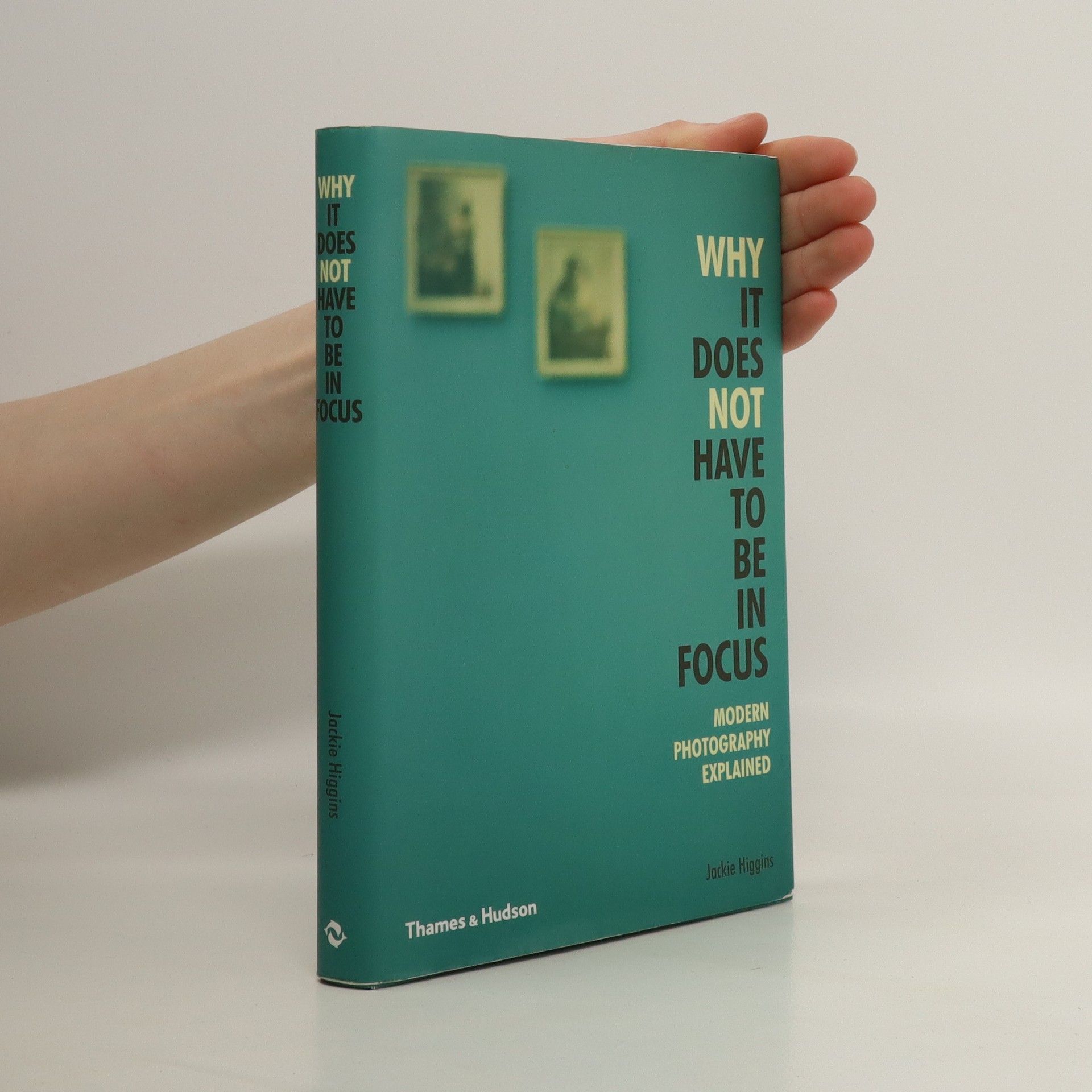Sentient: How Animals Illuminate the Wonder of Our Human Senses
- 320pages
- 12 heures de lecture
Exploring the extraordinary sensory abilities of thirteen animals, this book reveals the diverse ways different species perceive their environments, challenging the notion that humans are confined to just five senses. Through engaging insights, it highlights the complexity of animal perception and encourages readers to reconsider their understanding of sensory experience. Ideal for fans of nature and science, it offers a captivating look into the rich tapestry of life and the myriad ways creatures interact with the world.



